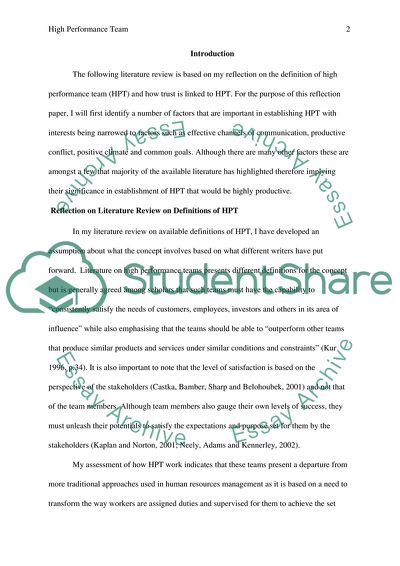Cite this document
(Literature Review and Reflection on Definitions of High Performance Essay, n.d.)
Literature Review and Reflection on Definitions of High Performance Essay. https://studentshare.org/human-resources/1834982-literature-review-and-reflection-on-definitions-of-high-performance-team-hptand-trust-in-hpt
Literature Review and Reflection on Definitions of High Performance Essay. https://studentshare.org/human-resources/1834982-literature-review-and-reflection-on-definitions-of-high-performance-team-hptand-trust-in-hpt
(Literature Review and Reflection on Definitions of High Performance Essay)
Literature Review and Reflection on Definitions of High Performance Essay. https://studentshare.org/human-resources/1834982-literature-review-and-reflection-on-definitions-of-high-performance-team-hptand-trust-in-hpt.
Literature Review and Reflection on Definitions of High Performance Essay. https://studentshare.org/human-resources/1834982-literature-review-and-reflection-on-definitions-of-high-performance-team-hptand-trust-in-hpt.
“Literature Review and Reflection on Definitions of High Performance Essay”. https://studentshare.org/human-resources/1834982-literature-review-and-reflection-on-definitions-of-high-performance-team-hptand-trust-in-hpt.


